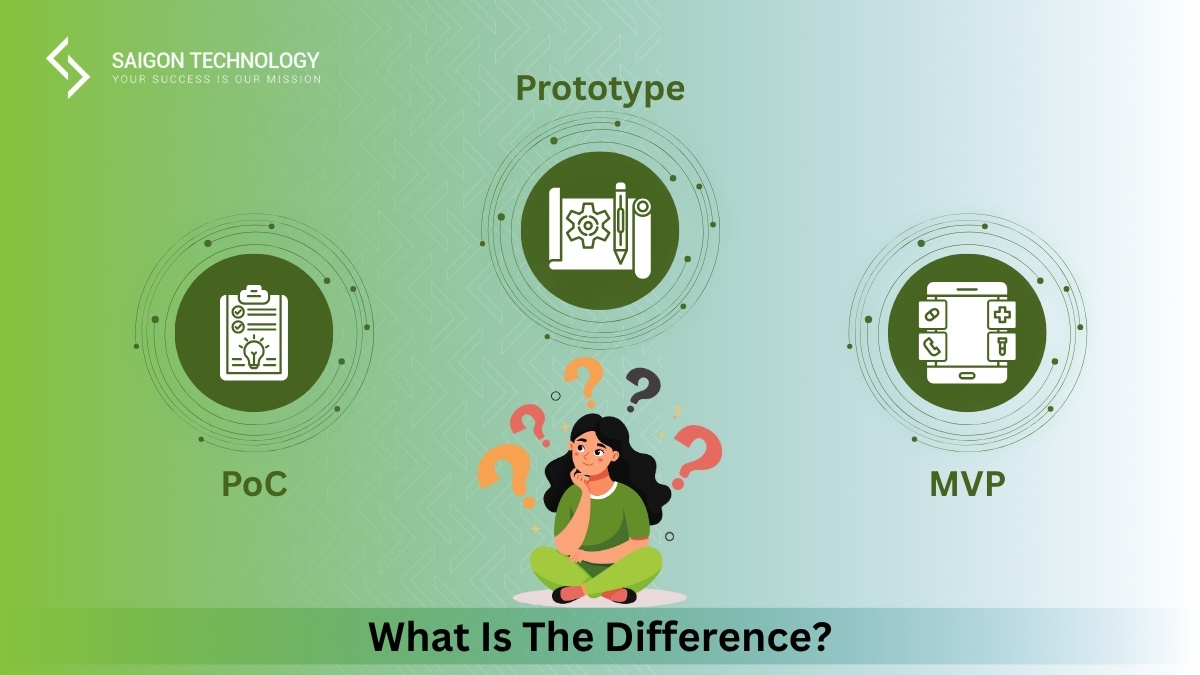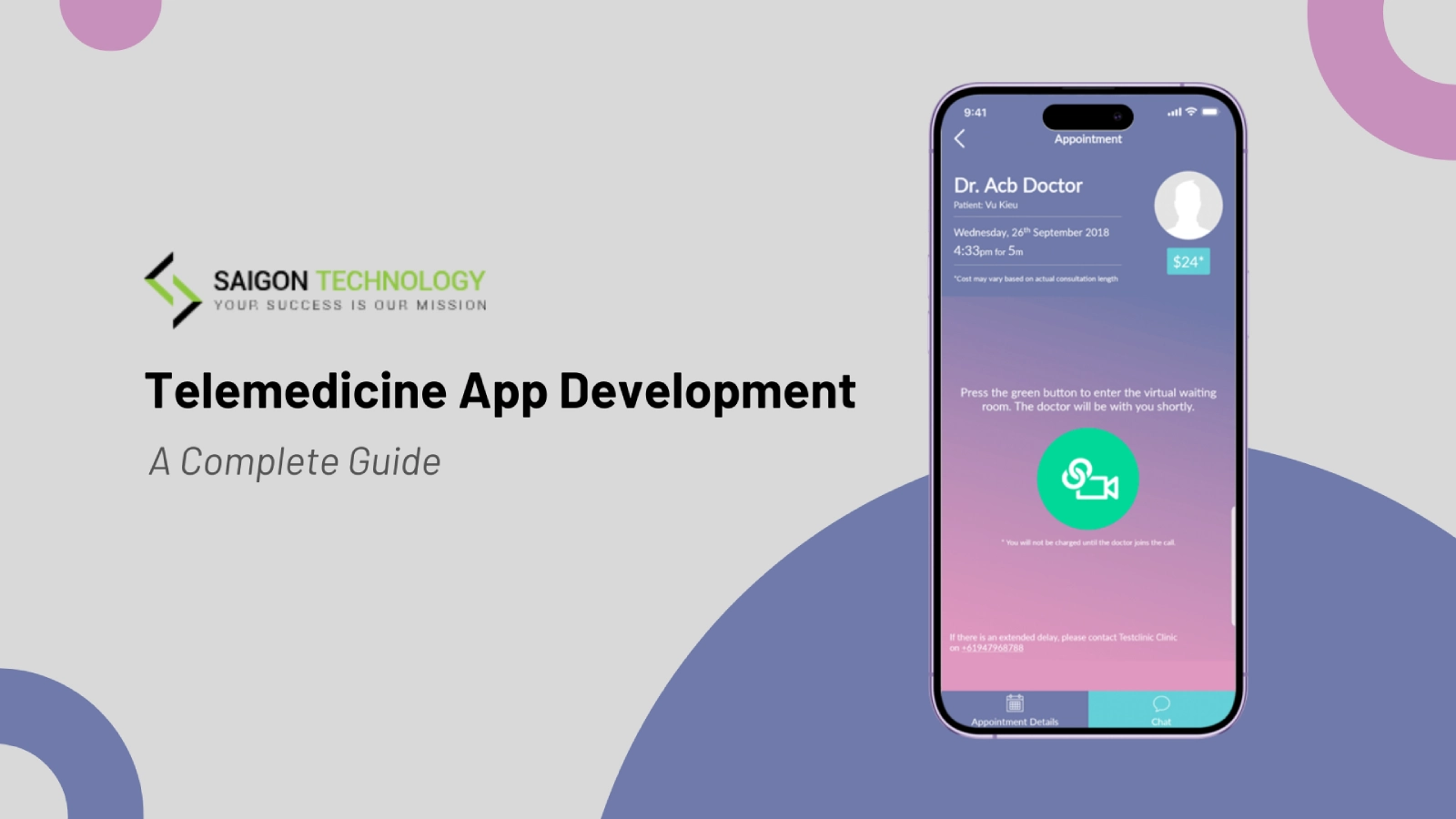Go, and Node.js are two popular technologies used for creating web applications and software. While they share many similarities, there is an important difference between them: Go is a programming language, while Node.js is a runtime environment.
A programming language is a set of instructions written by developers that tell the computer how to respond to certain inputs. Programming languages have syntax, meaning they have to be written in a specific way for the computer to understand them. Go is an open-source programming language created by Google and released in 2009. It is used mainly for server-side development but can also be used for web applications and mobile apps.
Node.js, on the other hand, is a runtime environment, meaning it is an interface between the operating system and the programming language. It enables developers to write server-side applications in JavaScript rather than having to use a different language, such as Go or Java. Node.js also provides access to various libraries and modules that can be used for building web applications quickly and efficiently. In this article, we look at Go vs. Node.js.
What Is Golang?
Golang, or Go, is an open-source programming language created by Google in 2009 and released into the public domain in 2012. It is a compiled language that has gained popularity due to its simplicity, scalability, and performance. Its syntax is easy to learn and allows developers to write clean code quickly.
The language was designed to be used for large-scale systems and has been successfully used in projects such as YouTube and Dropbox. Go is primarily used for server-side development, but it can also be used for web applications and mobile apps. It is a versatile language that can handle various basic and complex tasks.
What Is Node.JS?
Node.js is a cross-platform, open-source, runtime environment that runs JavaScript code server-side. Node.js enables developers to use JavaScript to write command line tools and for server-side scripting—running scripts server-side to produce dynamic web page content before the page is sent to the user’s web browser. Node.js consists of Google’s V8 JavaScript engine, a runtime environment, and a library of modules supported by the Node.js community.
Node.js is commonly used for building web applications, creating backend services like APIs and microservices, automating tasks such as deployment processes, or running scripts on remote machines. It can also be used to create command-line tools or desktop applications. Node.js developers are in high demand, and many organizations are looking to hire Node.js developers to build web applications, APIs, microservices, and more.
Go vs. Node.js
Go vs. Node.js is ultimately a choice between Programming Language and Runtime Environment. Depending on the desired outcome of your application, it is important to understand the differences between these two tools in order to make an informed decision that suits your needs. Ultimately, both tools provide different benefits for different types of applications, and developers should decide which one best fits their project.
When it comes to deciding which technology is best suited for your project, the choice between hiring Go developers or Node.js developers depends on a few factors. If you’re looking for a more complex coding solution, hiring Go developers might be the best choice. On the other hand, if you need to build an application quickly and efficiently, hiring Node.js developers might be a better option. Ultimately, it’s up to you to decide which technology best suits your web application.
Besides, knowing the difference between Go and Node.js is important when choosing the right technology for your project. Programming languages like Go are used to write code, while runtime environments like Node.js can be used to access libraries and modules quickly and efficiently. Before making any decisions, ensure you understand the differences between these two technologies so you can hire the best developers for your project.
Examples of Companies Using Go
- Google: Google has been using Go for various projects since its launch in 2009. It is an important part of the company’s infrastructure and has been used to create products like Gmail and Google Maps.
- Uber: Uber uses Go as the primary programming language for their backend services, such as user authentication, payments, and requests.
- Netflix: Netflix has been using Go since 2016 to help improve its streaming platform’s performance and scalability.
- Twitch: Twitch uses Go to power its video streaming technology and make sure that users have a smooth viewing experience.
- Airbnb: Airbnb uses Go for their backend services, such as search, user authentication, payments, and requests.
- Paypal: PayPal uses Go for their backend services, such as authentication, payments, and requests. They have also used Go to power their real-time fraud detection system.
These companies are just a few examples of how Go is being used in the tech industry today. From Google to Uber to Airbnb, Go is becoming an increasingly popular choice for creating efficient and reliable applications.
Examples of Companies Using Node.js
Node.js has become a popular technology for web development due to its flexibility, scalability, and speed. Companies such as Uber, Netflix, LinkedIn, PayPal, and Walmart use Node.js in their applications. Node.js is especially well-suited for companies that need to process a large amount of data quickly or require real-time communication between users.
Using Node.js, companies can develop applications faster and cheaper than with other technologies. This makes it an ideal choice for businesses that need to deploy quickly and efficiently without sacrificing quality or functionality.
Final Thoughts
In conclusion, Go, and Node.js are both powerful technologies used for creating web applications and software. While they share many similarities, understanding their key differences can help you make an informed decision when hiring developers for your project. Programming languages like Go are used to write code, while runtime environments like Node.js provide access to libraries and modules for faster development times. Before making any decisions, ensure you understand the differences between these two technologies so you can hire the best developers for your project.
By understanding Go vs. Node.js, you can choose the right technology for your project and ensure you have the most successful outcome possible. With the right developers, you can create amazing web applications that are sure to impress.











